
- Fewer than 15 years ago, the animals in Zakouma National Park were under serious threat from poaching. Today, the only shooting done is with cameras
The two-seater plane has hardly taken to the air when eagle-eyed South African pilot Chris Whitfield spots a large herd of Kordofan giraffe, kicking up dust as they gallop across a scrubby plain below.
To be fair, it’s hard to mistake Zakouma National Park’s most emblematic wildlife species – or rather subspecies – given their size, two-tone mottled skin and peculiar rocking stride.
Here, in the southeastern corner of Chad, there was once a time when these majestic animals would have run from poachers in the same way. Today, the only shooting being done is with a camera.
Between 2002 and 2010, armed raiders on horseback – many from across the border with Sudan – took advantage of regional instability to repeatedly ransack Zakouma, plundering its natural resources and terrorising its communities.

The park’s elephant population, which had already declined from 22,000 in the 1970s to 4,500 in 2002, dropped by more than 90 per cent, with nearly 4,000 individuals wiped out. Other species, such as Kordofan giraffes and rhinos, were also widely slaughtered.
“Zakouma was in a pretty bad way,” admits Naftali Honig, an American who works as general manager of the Greater Zakouma Ecosystem for African Parks, a non-profit organisation that manages 22 parks across the continent. “But nature is resilient and will rebound if you give it the chance.
“If you look at the park today, you can see why it was worth saving. From that dark period of destruction, Zakouma has grown to become a safe haven for Central and West African wildlife.”
In 2010, Zakouma’s downward trajectory was reversed when the Chadian government invited African Parks to sign a long-term agreement to restore and manage the park before it was too late.
By overhauling law enforcement, providing expert training and establishing vital communications networks, the NGO ramped up security and paved the way for a complete transformation of the ecosystem.
Over the past decade there has been little to no poaching of giraffe, buffalo and other species, while only 24 elephants are known to have been killed since 2010, and none since 2016.

Following this dramatic turnaround, Zakouma is rapidly rising on the to-do lists of safari aficionados – the park made all the more appealing by the fact it has been off-limits for most of the past three decades.
Zakouma is the only wildlife-viewing destination offering overnight stays in Chad, and tourism is a vital part of African Parks’ management strategy.
There are three tiers of accommodation available in the park, which is typically reached by a two-hour plane ride from Chad’s capital, N’Djamena.
Most visitors opt for Tinga Camp – a three-star lodge offering traditional safaris and very reasonable prices – or the newer Camp Nomade, a high-end mobile safari camp designed to capture the romance of Chadian nomadic culture.

Zakouma’s natural heritage is a product of its geography. Situated just south of the Sahara Desert and north of Central Africa’s lush rainforest belt, the Greater Zakouma Ecosystem, which encompasses Zakouma National Park as well as other critical wildlife reserves and corridors, extends over a 30,000 sq km (11,500 square mile) swathe of the Sahel – a region characterised by extensive areas of grassland and savannah, with patches of woodland and shrubland.
Criss-crossed by various rivers and their tributaries, Zakouma boasts rich floodplains and vibrant waterholes, with much of the park’s wildlife moving with the ebb and flow of water.
Today, Zakouma is the closest “Big Five” destination to Europe, with populations of lion, leopard, elephant, black rhino and Central African savannah buffalo – as well as cheetah, spotted and striped hyena, kudu, roan antelope, hartebeest and nearly 400 species of birds.
Wetland areas, such as park’s renowned Riguiek Pan, attract enormous seasonal gatherings of pelicans, storks, geese, ducks and black crowned cranes, while away from the water’s edge, the arrival of northern carmine bee-eaters decorates the skies in pink and turquoise.
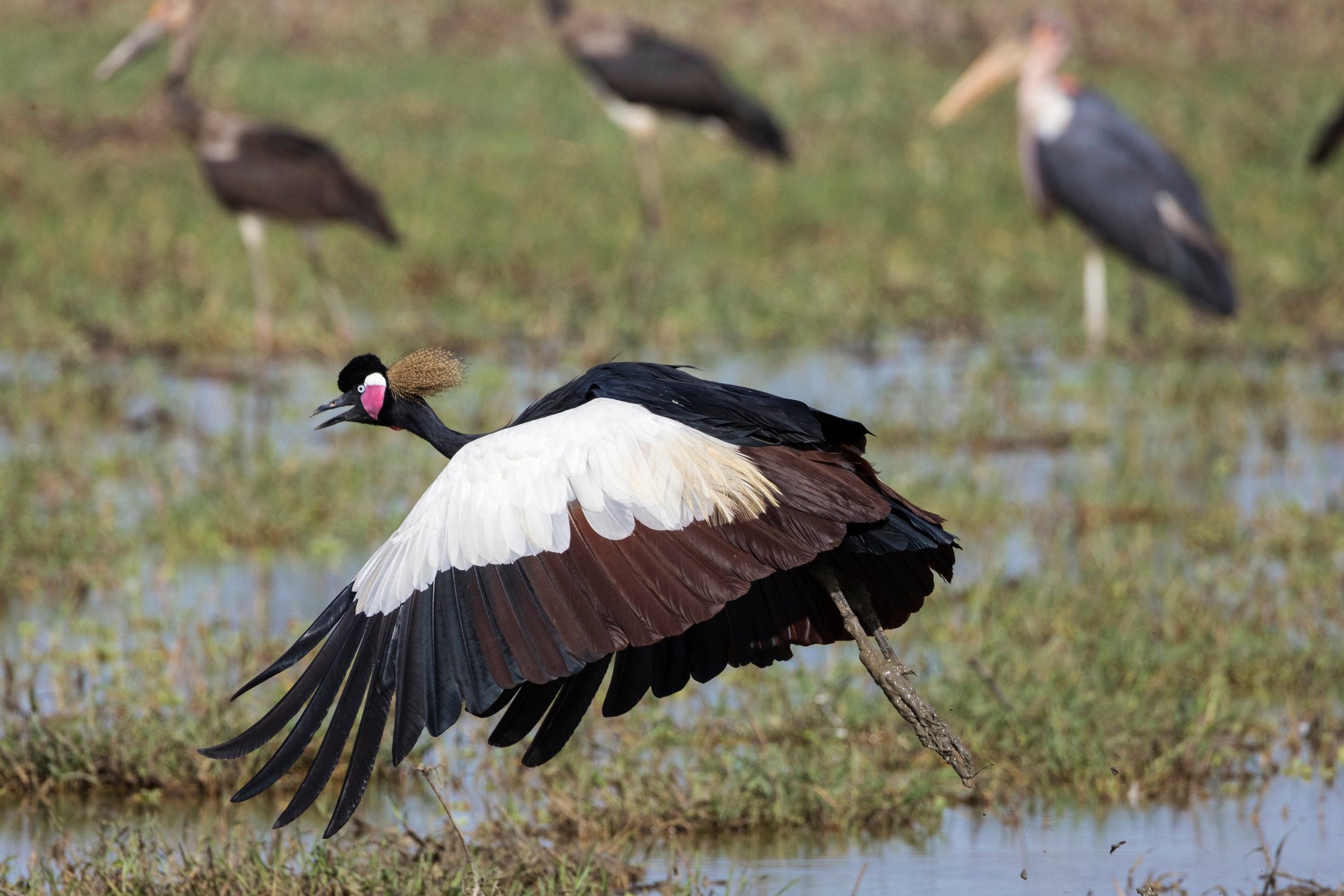
In the spring, swarms of locusts provide an explosion of food and energy that attracts everything from kites to marabou storks. Nile crocodiles are frequently seen hauled up on the banks of the park’s waterways, mouths agape as they warm their serrated bodies in the sun.
The poster boys of Zakouma’s ecological resurgence – and the highlight of any park safari – are its Kordofan giraffes and elephants.
Recent genetic analysis has revealed that the giraffe is not one species – as was long considered the case – but four. With a little more than 100,000 individuals across the whole of Africa, giraffe populations have decreased by 30 per cent over the past three decades, with habitat loss and illegal poaching the main drivers.
The Kordofan giraffe, which is characterised by irregular spots on the inner legs, is an endangered subspecies of the northern or three-horned giraffe. Since 2010, Zakouma’s population of these gentle giants has been growing – the park is now home to around 1,500 individuals, which gather around the park’s watering holes to drink at dawn and dusk.
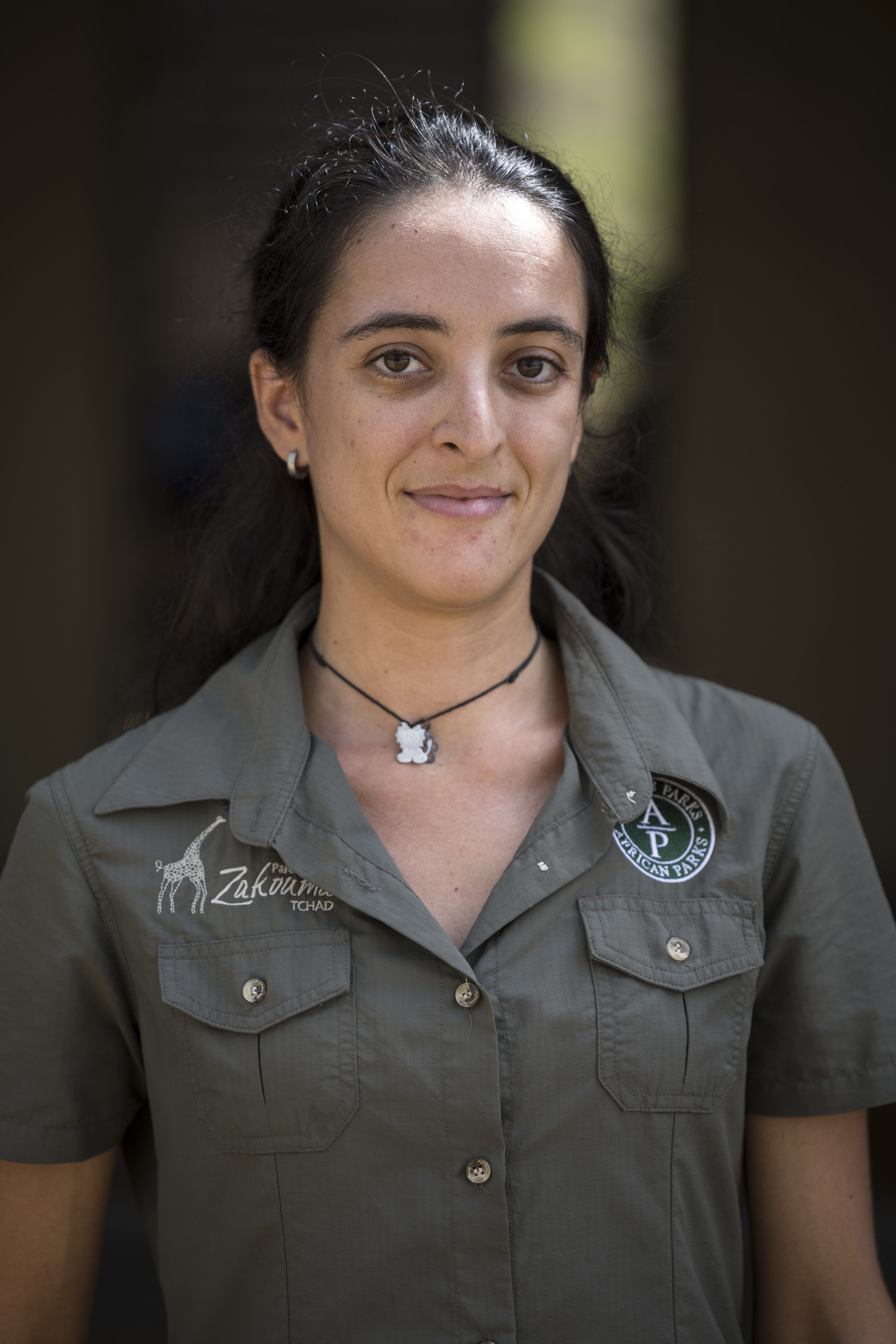
“There are only around 2,300 Kordofan giraffes left in the wild, so you can see why Zakouma is viewed as the animal’s last stronghold,” says Chiara Fraticelli, who worked as the Greater Zakouma Ecosystem’s research coordinator for African Parks until June.
“In Zakouma they typically live in unstable herds of between 10 and 20 animals, although you can sometimes see bigger groups of up to 50. It’s an incredible sight.”
Standing on the veranda of his house in the African Parks headquarters complex in Zakouma, Honig watches a quartet of bull elephants frolicking in a pool nearby.
Based in the park since 2021, he’s familiar with the routine. One by one, the bulls emerge from the muddy water and make their way deliberately towards the house, ears flapping, trunks lowered towards the sun-baked ground.
“They come here almost every day,” says Honig, as he picks up a hosepipe and directs a stream of clean, cold water into the inverted trunk of the nearest bull, which is now standing just a few metres from the house. “It’s an amazing lesson in trust and forgiveness when you consider what the elephants of Zakouma have been through.”
Elephants can reach the age of 70 in the wild, which means most of the animals in Zakouma’s current population lived through the park’s days of brutal poaching. Some even have holes in their ears almost certainly caused by bullets.
“On some level I’m sure they remember what happened, but the fact that these elephants can still approach people shows a humbling capacity for rebuilding trust,” says Honig.
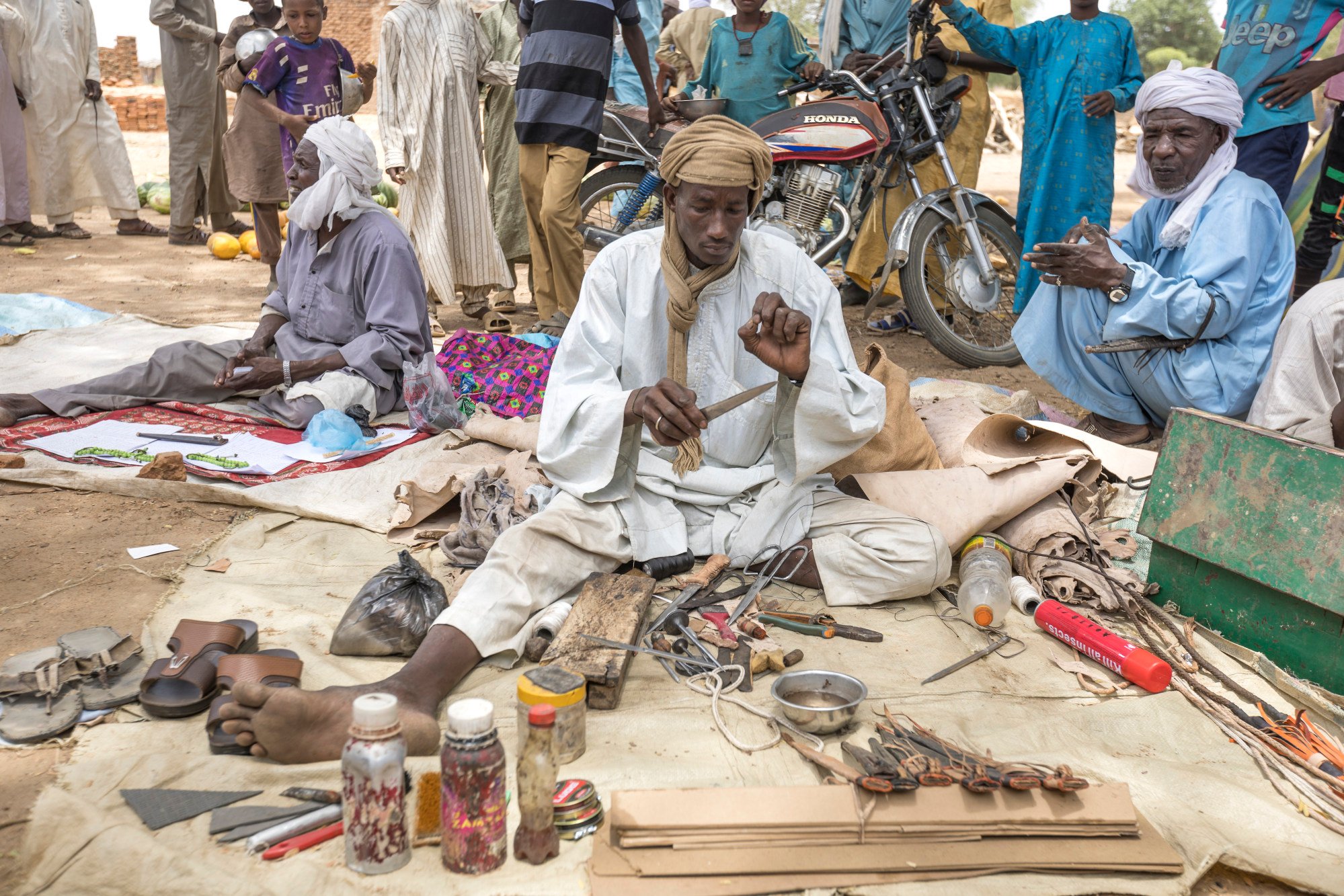
Like the park’s Kordofan giraffes – and in contrast to many other places in the region – Zakouma’s elephants are also now thriving. Comprising more than 550 animals, the Zakouma herd is now one of the largest in Central Africa, with growing numbers of calves born every year. When approached with care, Zakouma safaris offer unforgettable encounters with these majestic and forbearing animals.
No national park in Africa can operate effectively without engaging local communities. In addition to the numerous villages on Zakouma’s periphery, thousands of nomadic people pass through the park every year, and African Parks is well aware that a balance needs to be struck between the needs of humans and the protection of Zakouma’s threatened wildlife.
Thanks to the NGO’s efforts, the Greater Zakouma Ecosystem is now the largest employer in the region, supporting enterprises that range from honey harvesting to shea butter production.
We still need to be vigilant, but I think there’s a common understanding that a safe and healthy park is good for everybody. Zakouma is a precious resource and its comeback offers real hope for people and animalsZakaria Hassane, park ranger in Zakouma National Park
The low-volume, high-value tourism that African Parks encourages also puts money into the local economy and since 2013, 17 schools have been built and supported, offering thousands of children a stable education for the first time in their lives.
Most of the park’s well-equipped and well-trained rangers come from the surrounding area, and villages around Zakouma have been provided with radios, so they can act as an early warning system for rangers when poachers are in the area, which also helps inhabitants to feel more secure.
“There were times when I thought we’d have nothing left to protect and the life of a ranger here was very dangerous,” says villager Zakaria Hassane, who has worked as a park ranger in Zakouma for nearly 40 years. “But today, it feels like we’ve turned a corner.
“We still need to be vigilant, but I think there’s a common understanding that a safe and healthy park is good for everybody. Zakouma is a precious resource and its comeback offers real hope for people and animals if it can be scaled up across Africa.”
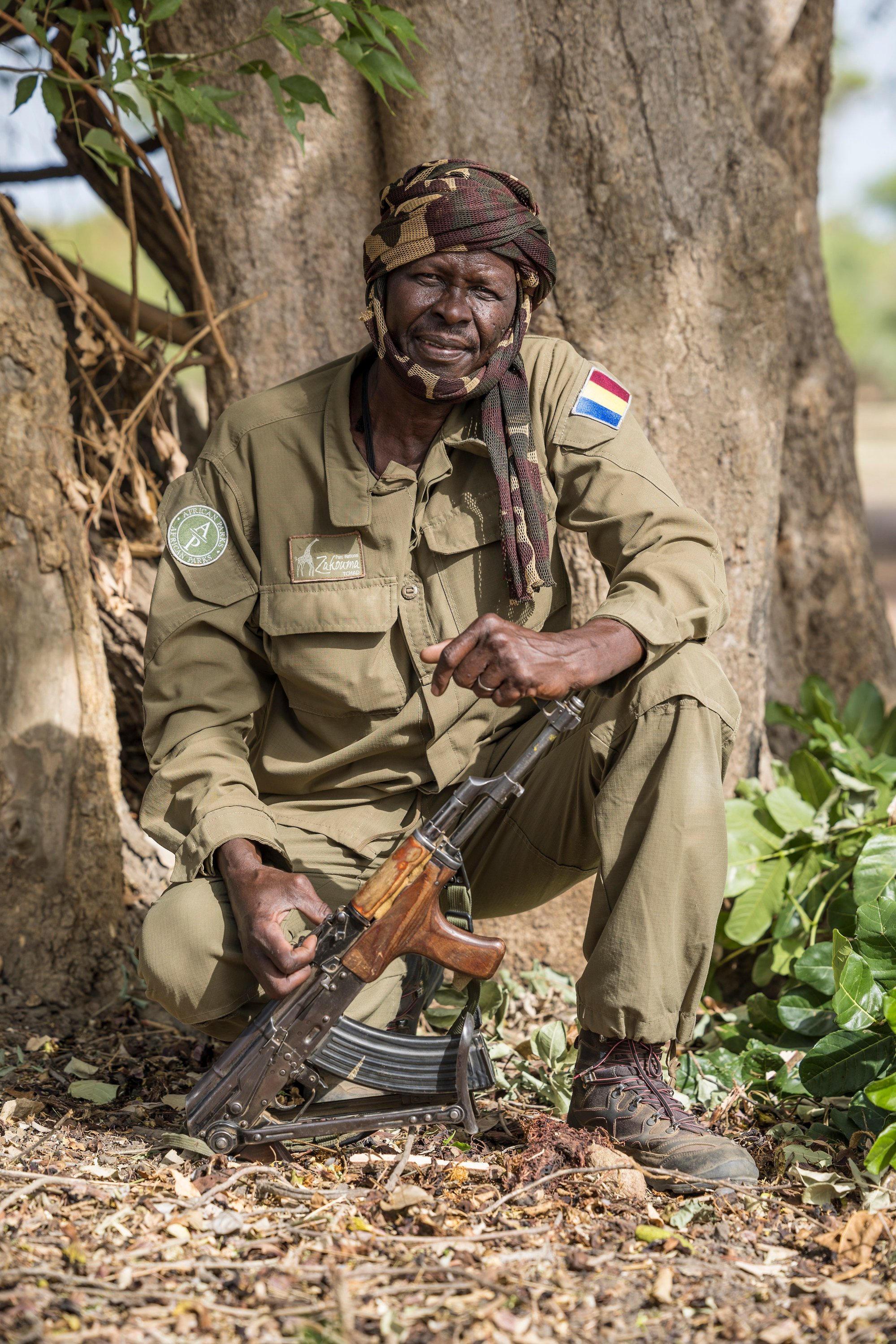
Under the management of African Parks, the future for Zakouma and its wildlife looks assured. In 2022, the Chadian government signed a revised agreement with the NGO to extend management of the Greater Zakouma Ecosystem until 2027.
Early in December, five critically endangered black rhinos were translocated by African Parks to Zakouma from South Africa, joining two already living in the park. These two females were part of a group of six translocated in 2018, of which four died soon after their arrival.
“Those six rhinos were released at the end of the wet season, with the rationale that everything was green so the habitat was good,” explains Martin Rickelton, African Parks’ regional operations manager. “But as the park dried out there were changes in habitat, which meant the animals were unable to find enough food to sustain themselves.”
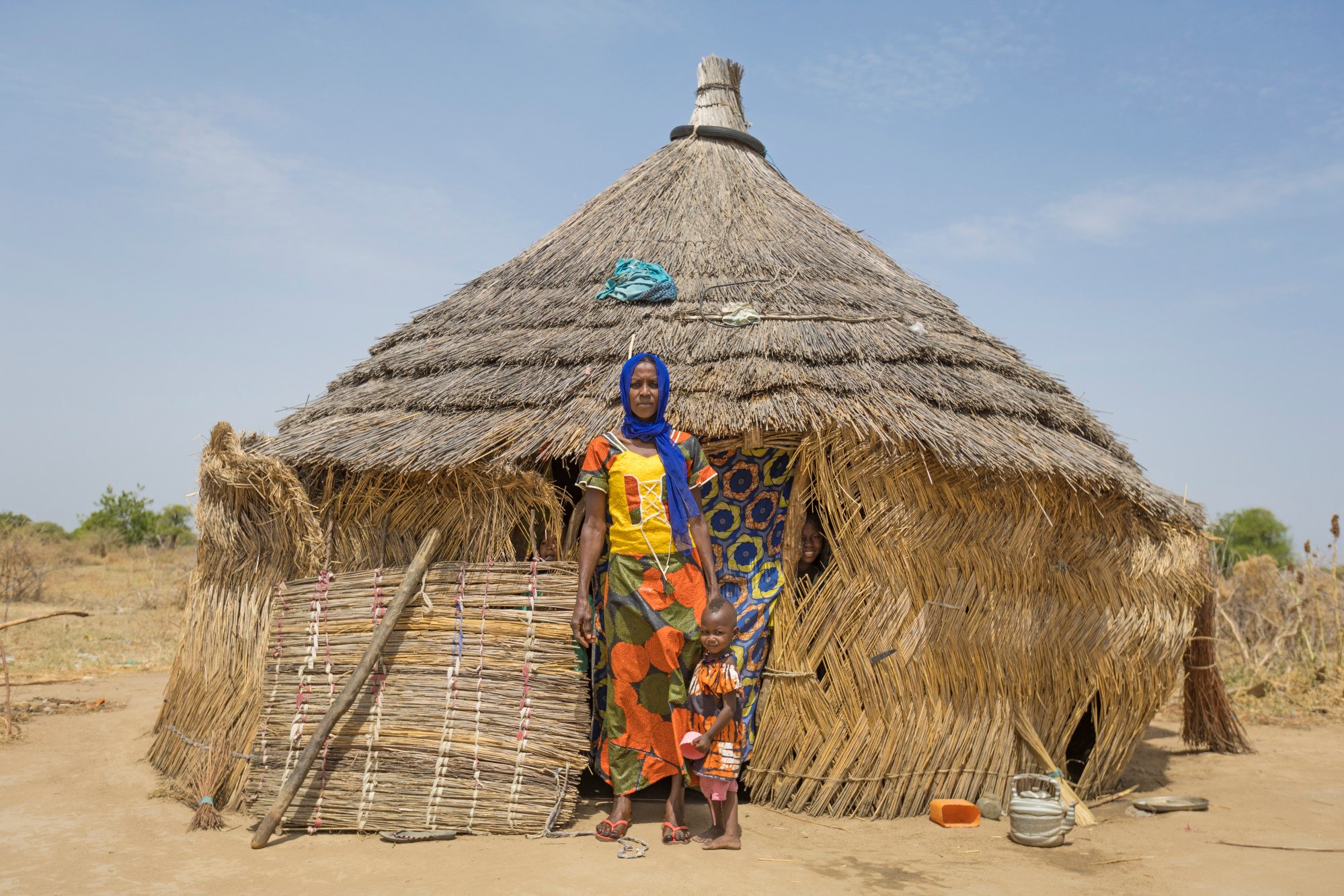
This time round, the release is happening at the start of the dry season, which means the newly arrived rhinos should have more habitat in which to forage for food. They will also be able to access food provided by African Parks employees, if necessary. There are plans to bring in at least 13 more black rhinos by 2025.
“Translocations are inherently risky but I do believe they are necessary,” says Rickelton. “Black rhinos should naturally be present in Zakouma and their reintroduction is an important part of the park’s ongoing rehabilitation.”

